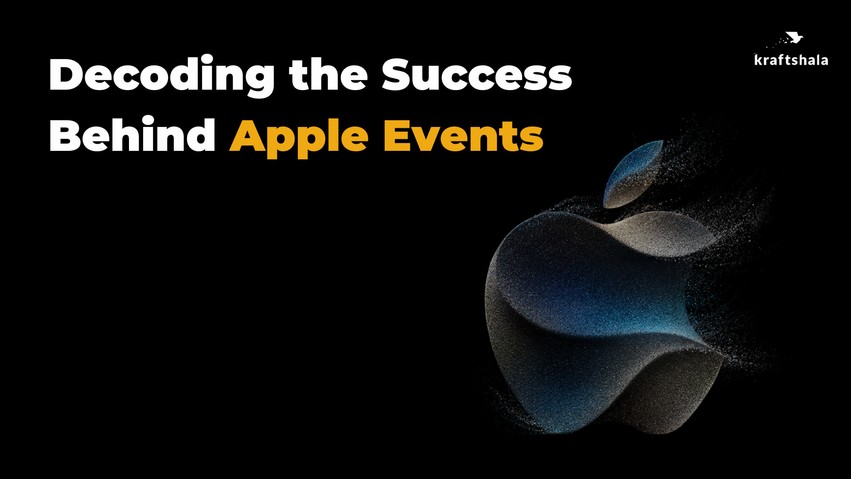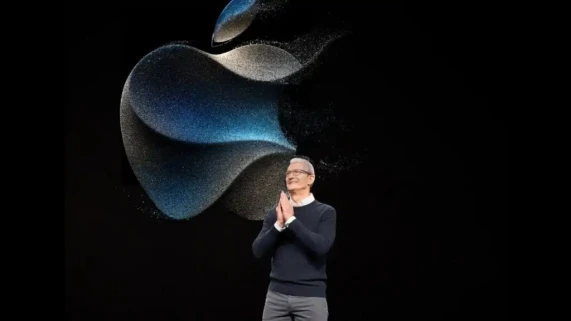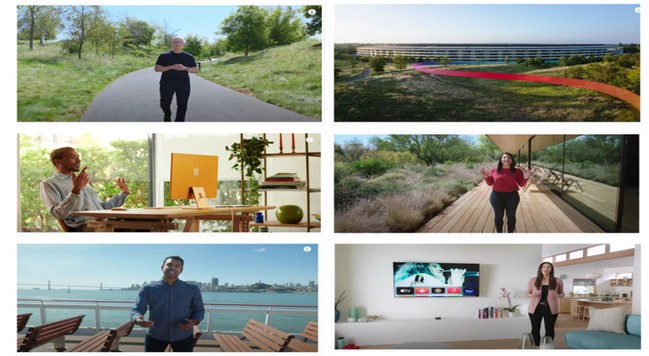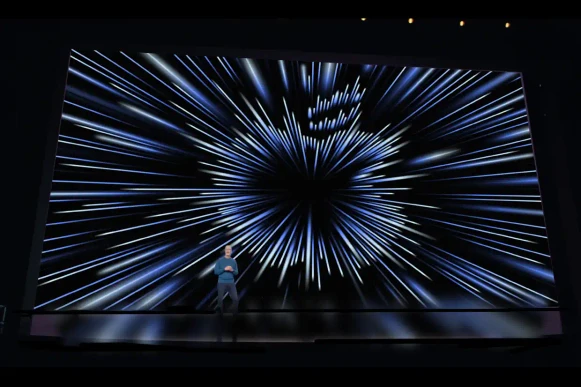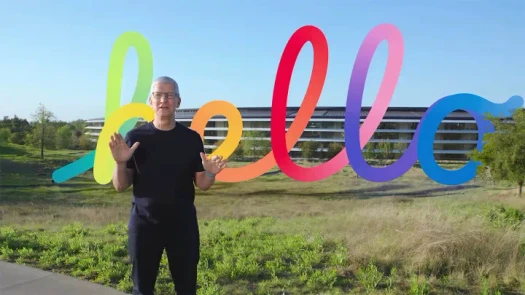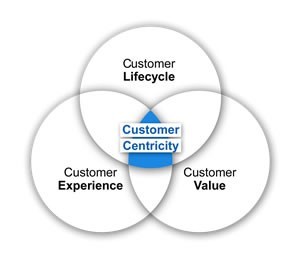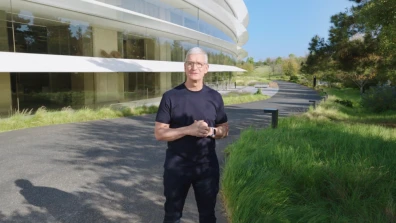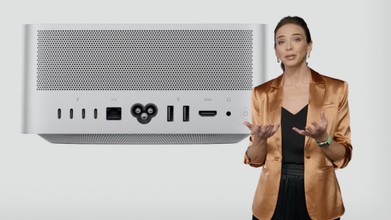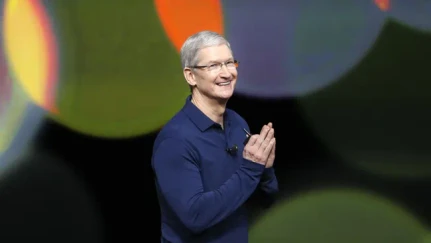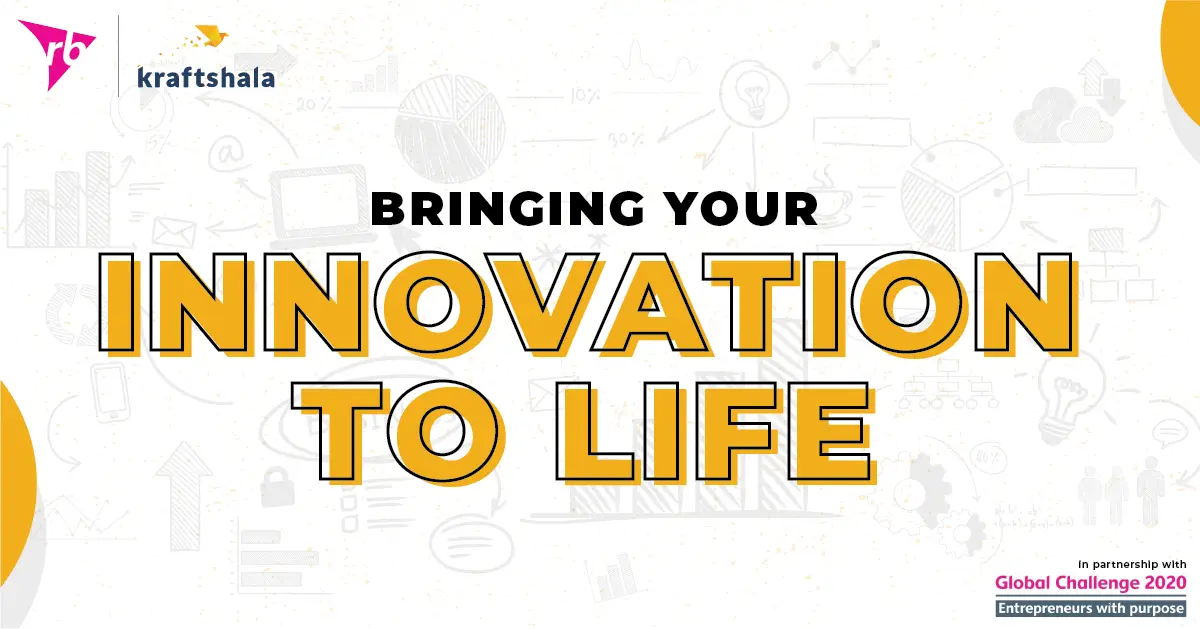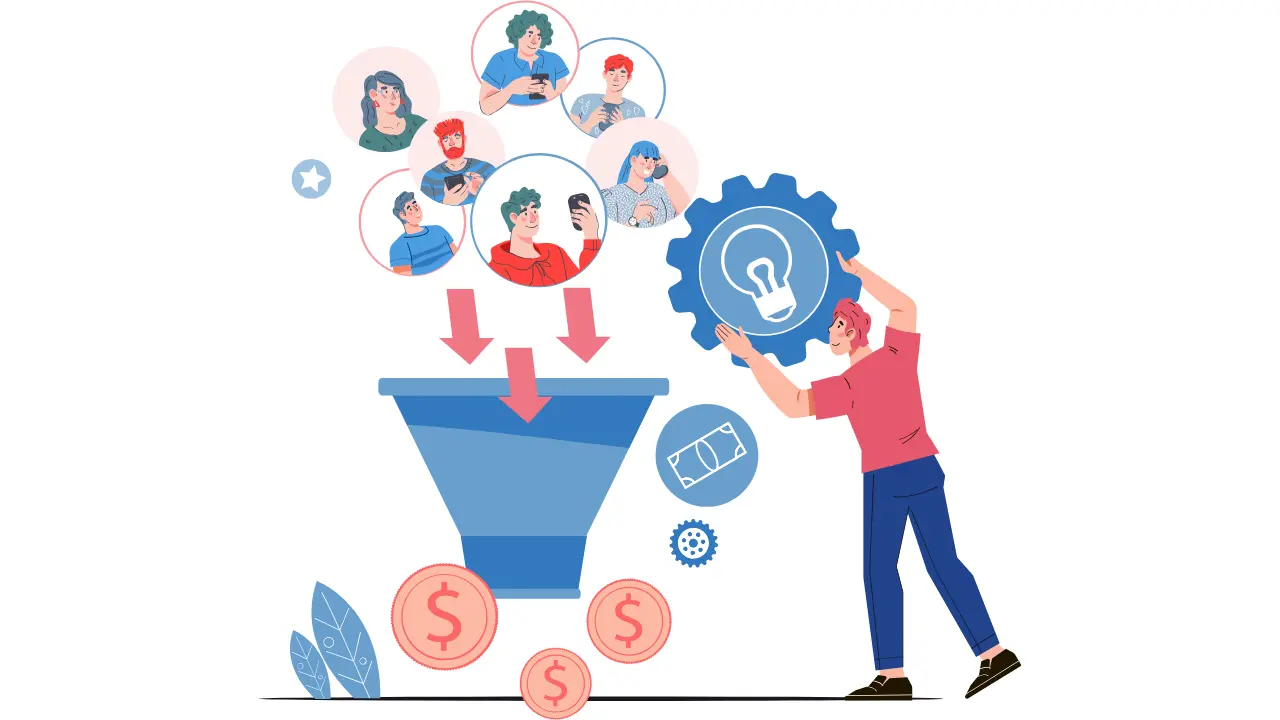10 Marketing Secrets Behind Apple’s Iconic Product Launch Events
- 1. Creating Anticipation
- 2. Storytelling Technique
- 3. Focusing on words and phrases
- 4. Environment Framing
- 5. Visual framing
- 6. Selling Simplicity
- 7. Sound Music
- 8. Focused on user-centricity
- 9. Engagement
- 10. By enhancing Brand culture, and building product trust
Apple was created for people who desired to stand out from the crowd. To be different, Steve Jobs catered to dreamers and makers. Apple, in contrast to most businesses, bases its product decisions on design rather than finances and marketing.
This blog is your ticket to unraveling the mystery of Apple’s product launch strategy and it’s winning formula. Let’s deep dive into the secrets behind Apple’s highly successful product launch strategies.
Before discussing the strategies, have a look at this one product launch of Apple, https://youtu.be/ZiP1l7jlII.
1. Creating Anticipation
You may know, releasing teasers before the movie release increases the hype of the film prior to the release of the movie itself. They used the same strategy to drum up excitement about the product launch event. By releasing teasers and cryptic invitations, they build anticipation and curiosity.
Apple often surprises audiences with unexpected announcements or features. These surprises generate excitement and keep the audience engaged.
For example,
- Apple Event Invitations: Apple often sends out invitations to their events with cryptic imagery or slogans that hint at what’s to come. These invitations are designed to arouse the interest of the media and fans. To give you a clear picture of this I would say, they create invitations with the tagline “California Streaming” which might hint at a focus on streaming services or content during the event, creating anticipation and speculation among attendees and the press.
- Air Pods Max (2020): Apple surprised the audience with the sudden announcement of Air Pods Max, their over-ear headphones. The unveiling of a premium audio product during a software-focused event was unexpected and generated excitement in the audience. Apple’s ability to introduce a new product category with little prior speculation is a witness to their surprise strategy.
2. Storytelling Technique
Stories drive action. Stories are a powerful tool for convincing customers to act. So, Apple doesn’t just introduce products; they tell stories. It helps people to resonate with the product emotionally.
For example, let’s consider one of the events of Apple
Apple Watch Launch (2015):
Apple framed the Apple Watch as a personal and health-focused device. They shared stories of individuals whose lives had been positively impacted by the watch’s health and fitness features. They presented a happy customer email saying how the Apple watch inspired them to change their life.
Real-world stories of users detecting heart conditions or achieving fitness goals created a compelling narrative around the product’s capabilities.
Even for the most recent iPhone 15 announcement, they began the event by telling tales of people whose lives were saved by Apple goods, which undoubtedly moved the crowd.
Have a look at this event;
3. Focusing on words and phrases
Most Used Words:
If you look at the script of any Apple event that is repeating and you count the number of times each of them is used in a 1-hour timeline, you understand what are the main takeaways that people leave with, after watching it.
In simple terms, they use powerful words like Massive, Exciting, Great, Amazing, Best, Big, Apple, New etc., So many times in their one-hour launch program that it sticks with the audience. The whole idea is to place Apple as powerful as those words.
For a better understanding try watching one of the launch events.
Most Used Phrases:
In the same strategic way that they are using particular words to create perception, the BRAND’S PERSONALITY is enhanced once again through powerful phrases that do the same thing.
For example,
Apple Card Presentation:
- Our customers are LOVING all the benefits of Apple Card, and we believe it’s THE MOST SUCCESSFUL credit card launched EVER.
- iPhone 12 is THE MOST POPULAR SMARTPHONE IN THE WORLD, and people LOVE it’s AMAZING
- We’re so EXCITED to introduce a new, GORGEOUS / It looks STUNNING. / It’s ABSOLUTELY BEAUTIFUL.
4. Environment Framing
Weather and light have a tremendous importance in setting a person’s mood and Apple marketers know that. If you have watched any apple event you may observe that they choose sunny days, areas that are bright and warm. They use this technique to transfer a certain mood to the audience.
Apple Event “California Streaming” (2021): For the “California Streaming” event, which introduced products like the iPhone 13, Apple chose outdoor locations with abundant natural light. The choice of a sunny California backdrop conveyed a sense of optimism and adventure, aligning with the theme of the event.
5. Visual framing
There is more to Apple’s setups if you look closely, particularly when it comes to how they present their items. The desired magnificence is once more highlighted by placing their products in the center of the stage and setting them up so that they are larger than their presenters.
Additionally, we can observe that Apple uses VIBRANT COLORS in most of its product introductions. Everything in our world that has brilliant colors, whether it be food, clothing, or things, is referred to as enhanced chromatic visuals. It denotes freshness, novelty, and vibrancy.
6. Selling Simplicity
Apple always followed the philosophy of Minimalist design in their event presentation. They always kept the visuals clean, simple message, and focused on the product. Which made them stand out from others.
For example,
iPhone 5 Launch (2012): The iPhone 5 launch event was a great example of Apple’s minimalist approach. The presentation showcased the device’s sleek design and features with a clean, white background.
The focus was on the product itself, highlighting its thinness, lightweight build, and larger display without cluttering the visuals with unnecessary distractions.
7. Sound Music
Every phrase in the music playing during a launch ceremony has a purpose. The underlining technique works by framing what people are told and heard, magnifying the entire experience. It’s a vital strategy utilized to bring your audience’s minds closer to the atmosphere you intend to create.
Apple has chosen the tunes for the event with great care in addition to the fundamental sound effects that complement specific movements and actions.
THE EVENT BEGINS WITH:
♪ Let you heart See the colors ♪ – Chemical Brothers
♪ Let your heart ♪
♪ See the colors ♪
♪ All around you ♪
♪ I’ll be loving you, Yes, I will ♪
♪ I’ll be loving you ♪
♪ I’ll be loving you, Yes, I will ♪
♪ I’ll be loving you ♪
Try to listen to the lyrics carefully,
Opening & Closing Scenes: Apple Event – April 20
8. Focused on user-centricity
One of Apple’s guiding principles has always been to prioritize the demands of the user. And focuses on how their products would improve the lives of users. They highlight practical uses and advantages, making it about the client rather than just the product.
For example,
MacBook Air with M1 (2020): Apple’s launch of the MacBook Air with the M1 chip highlighted the practical advantages of improved performance and battery life.
They demonstrated how the device could handle demanding tasks while offering longer battery life, addressing common user concerns, and improving the overall user experience.
9. Engagement
The goal is to give the audience the impression that they are an integral part of the events. Apple promotes audience engagement with interactive elements, live demos, and Q&A sessions.
Once the event is over, they continue to produce material regularly to keep the audience engaged with the brand.
10. By enhancing Brand culture, and building product trust
- Brand Culture:
Have you ever noticed that at the event, presenters are wearing Apple watches? It’s not any coincidence that brand ambassadors are basically extensions of the company they represent. Wearing or consuming the brand’s products is a core requirement that builds trust in the relationship with the audience, which is fundamental. How could you trust someone who’s recommending you a product if he or she is not using it themselves?
- Building product trust:
In any Apple event, you see presenters who are not actors, but the experts who have created them. Who knows the product better than the experts who created it? Which makes the event more authentic and trustworthy. In marketing this is a social proof tactic called experts’ approval.
Conclusion:
When people make a purchase of any Apple product, people consider the experience a product will offer rather than its price. Even though there are other top-notch brands that are less expensive and offer more features.
After finishing this article, I’d like you to watch the recent iPhone 15 launch event. I can guarantee that you’ll view it differently this time, and you’ll even understand why they did certain things. Every action they took had a purpose, and it was incredibly successful for them.
Find the link below,
https://www.youtube.com/live/ZiP1l7jlIIA?si=H-glWoNHAqludNTS



